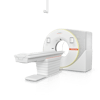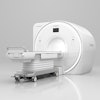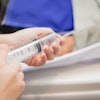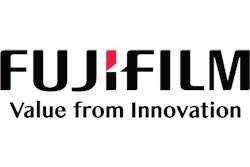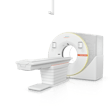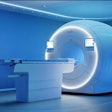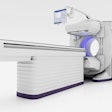Digital mammography has taken its place in radiology. What remains is the fine-tuning -- calibrating exactly how the technology is incorporated into a given facility. At this year's RSNA conference, look for vendors to address the problem of exactly how facilities can take their mammography services digital -- a process that requires thoughtful planning and preparation involving administration, clinical staff, and information technology personnel.
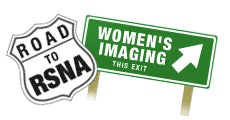
Case in point: Researchers from Northwestern University in Chicago found that digital mammography's acquisition time was more efficient than that of film-screen, but its interpretation time was longer per exam than for analog studies (American Journal of Roentgenology, July 2006, Vol. 187:1, pp. 38-41).
Despite the complexity of its adoption, the buzz over digital mammography continues, especially with the advent this year of computed radiography (CR) for mammography in the U.S. After years of being unavailable for use in North America, the technology broke through this year when Fujifilm Medical Systems USA of Stamford, CT, received premarket approval (PMA) clearance from the U.S. Food and Drug Administration for its FCRm system, a full-field digital mammography device based on CR technology that the company has been marketing outside the U.S. for years.
The availability of CR for mammography may inspire a new wave of analog-to-digital transitions, in particular offering smaller and rural hospitals an easier and more cost-effective solution. It's also likely that Fuji won't stand alone for very long in the CR mammography ring: Eastman Kodak Health Group of Rochester, NY; Philips Medical Systems of Andover, MA; and Agfa HealthCare of Greenville, SC, have also been selling CR units for mammography in other parts of the world, and will probably pursue FDA clearance for their own devices in the coming months.
At last year's RSNA show, the talk was of hybrid breast imaging devices. This year the focus is on the use of modalities such as MR and ultrasound as adjuncts to x-ray mammography. In February, Waukesha Memorial Hospital in Waukesha, WI, published a case study that indicated that MRI had provided necessary information about suspicious lesions that had not been particularly compelling via mammography or ultrasound.
Although MR mammography is expensive, it can play an important role in the treatment of high-risk women or those with confirmed diagnoses. Ultrasound also has its breast health benefits, not the least of which being the possibility of less invasive tracking of potential cancers. In October, South Korean researchers published a study in the Journal of Ultrasound in Medicine that claims sonography can be as accurate in assessing palpable breast lesions as palpation-guided fine-needle aspiration.
Finally, as women learn more about breast health, as well as available technologies and treatments for disease, they're also calling for more comfortable mammography exams. On the McCormick Place exhibit floor, look for techniques and tools -- such as using manual compression rather than automatic, and breast positioning pads -- that make exams not only less painful, but also more effective.

